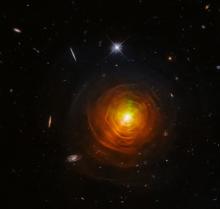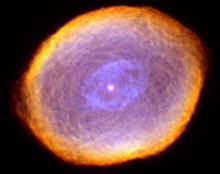Listen to today's episode of StarDate on the web the same day it airs in high-quality streaming audio without any extra ads or announcements. Choose a $8 one-month pass, or listen every day for a year for just $30.
You are here
Ejnar Hertzsprung
One of the first things every astronomy student learns is the H-R diagram — a plot of stars based on their temperature and true brightness. From that plot, astronomers can learn a lot about both individual stars and all stars.
One of the diagram’s creators was Ejnar Hertzsprung — the “H” in H-R. He was born 150 years ago today, in Denmark.
Hertzsprung studied chemical engineering, and worked in that field for several years. But he was more interested in stars. So even though he didn’t have any training, he became an astronomer.
Hertzsprung quickly found a relationship between a star’s brightness and its color or temperature. When he plotted this relationship for many stars, he discovered some interesting patterns.
Most of the stars fell along a gentle curve, known as the main sequence. Such stars are in the prime of life, as the Sun is, steadily “burning” the hydrogen in their cores to make helium. Other stars fell to the upper right of this line — giant stars beyond the main sequence. And still others fell to the lower left — the faint corpses of stars.
Among other things, the diagram tells astronomers how stars evolve. And plotting an individual star reveals its mass, its stage of life, and more.
Hertzsprung published his results in 1911. American astronomer Henry Russell reported similar findings two years later. Today, their work forms the Hertzsprung-Russell diagram — one of the most important tools in astronomy.
Script by Damond Benningfield






